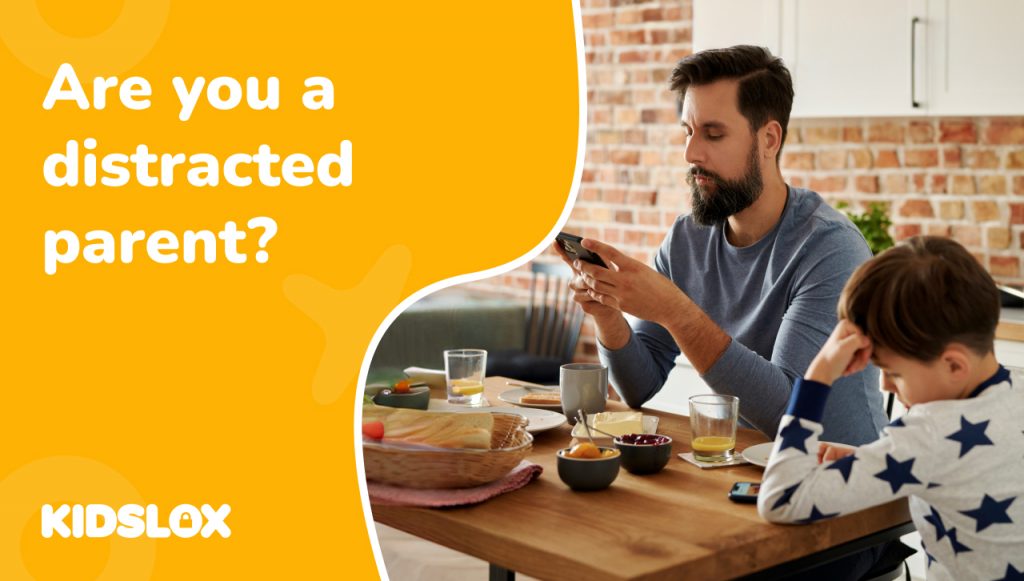Working for a parental controls app, the topic of parental controls comes up in my conversations at what is probably an above average rate. When it does, one of the go to opinions I hear from people time and again is that there’s no point trying to restrict device use as today’s kids understand tech better than we do and will quickly work out a way around it.
There’s an extent to which they’re right, I’ve tried out not only Kidslox but a lot of our competitor products too and ultimately an inquisitive, keen young mind, set on finding a way round these systems can probably do so. Even as we find ways to close the known loopholes, (keep you eyes open for our upcoming Android updates), children can still potentially use a friend’s iPhone or an older sibling’s tablet to try and bypass the system altogether. Attempts to filter content or block functionality are seen by some as a cat and mouse game destined for failure. The only effective solution is to talk often and openly about what is and isn’t appropriate use of technology and model the same.
Despite the seeming validity of this objection, I still firmly believe in parental controls as a concept and Kidslox in particular as a solid solution with an approach that balances parental control and child privacy. Why is that?
Parental controls have a clear role
First of all, I agree with those who say that talking about and modelling responsible technology use are essential to developing it in our children. Having laid out some ground rules in conversation though, I think it’s appropriate (especially with younger kids) to back up these rules with parental controls.
Parental controls make it easier for kids to keep to the rules or guidelines. If you have a rule that says ‘no games for an hour before bedtime’, but the device is in their room with no limitations on it and they know you’re unlikely to check in on them, the temptation can be overwhelming. If there’s a technical limitation, it makes the rule more understandable and real in the child’s life and therefore easier to follow.
Many children (again, especially younger kids) accept their device at face value and don’t find ways to circumvent limitations. To some this might seem naive, but it’s true that whilst some kids today are extremely tech savvy and can easily find the weak points in a system, many just haven’t had that same exposure to technology or don’t have that same sort of interest in exploring device settings and so on. You know your own children best, will they accept a limited device at face value or will they look for ways around it?
Mine will definitely try to get round it
Where children are inclined to push against the rules, the importance of making sure that parental controls are used as part of a wider conversation about appropriate tech use becomes paramount. Coming to an agreement with your kids about what is acceptable tech use is essential, but if your kids are inclined to stretch boundaries to the limit, you need more than anyone to know when they take things too far. Controls like Kidslox give you confidence that the rules are being kept to most of the time and if the app gets removed you get sent a notification. We’d always recommend talking with your child before installing parental control software, explaining what limits you’re putting on their device, why you’re putting them there and establishing a consequence for trying to disable the controls (device confiscation for example).
Parental controls give you confidence to let your child use their device. It’s easy to be scared by the different horror stories circling online, from the ready availability of extreme and explicit content to the danger of bullying, over-sharing and other social media based threats. Parental controls can give you peace of mind about your child using a given app or site without worrying that they’ll be led astray or happen across something upsetting. (Explaining this reason for using the controls to your child can help them to accept the limitations you place).
Kidslox has a clear role
A lot of parental control software puts an emphasis on “spying on your kids”. Reading their messages, checking their browsing history and so on. Whilst this approach might conceivably have a place for the parents of the most rebellious young teens, it’s not something that I’d endorse or suggest for the vast majority of parents. In using such programs a parent in one move leaves their child responsible for navigating the dangers posed by unrestricted technology use at the same time as they demonstrate their own mistrust that the child can handle that responsibility.
Kidslox approach provides clearer limits (device lockdown, inaccessible apps and other blocked features and content) whilst maintaining the child’s digital privacy. The boundaries are easy to explain to kids and therefore easy to incorporate into a wider conversation about technology use. The child is left free to use the allowed content without being spied on.
In the end, every parent needs to decide what’s best for their family based on their own needs. With the ever increasing role that screen time plays in our children’s lives, (not to mention the risks the online world poses them), Kidslox is the right choice for an ever increasing community of parents.





